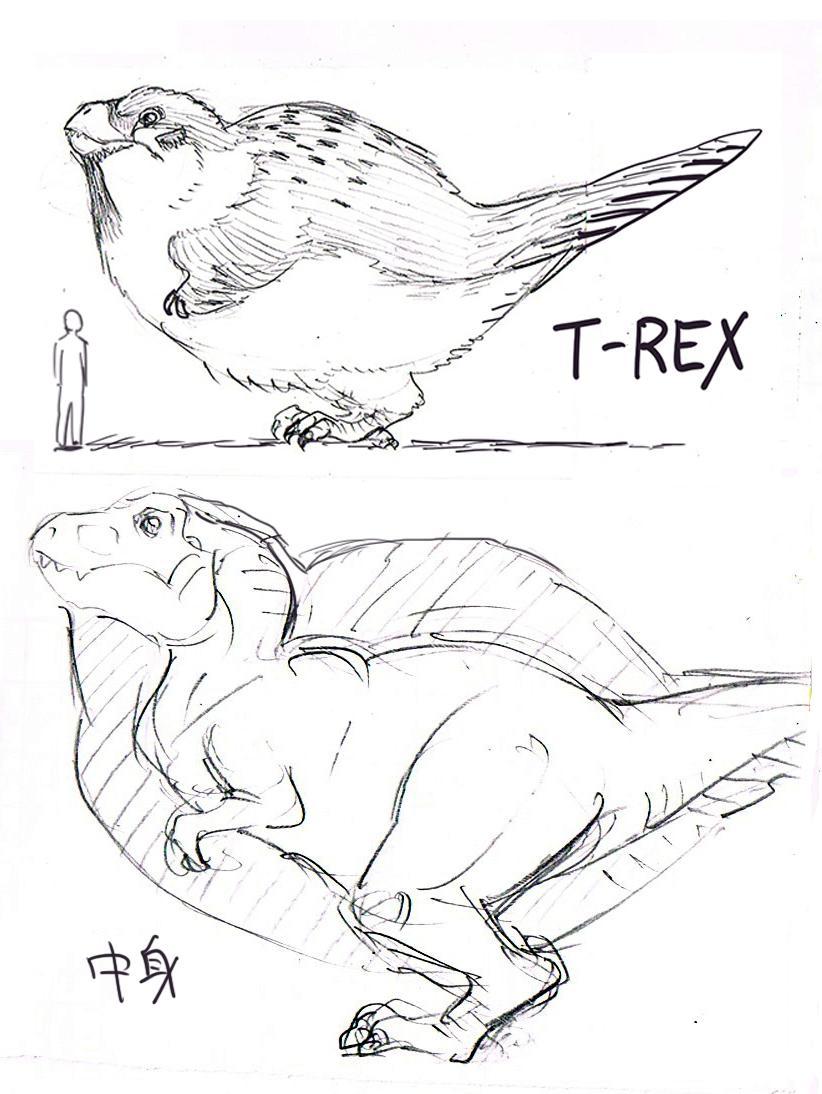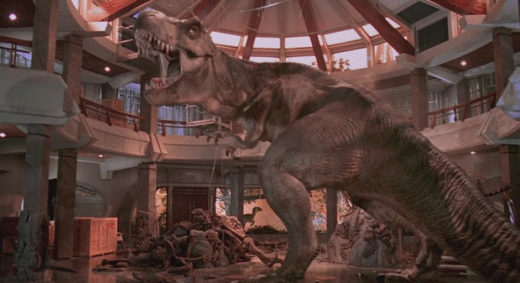From NPR podcast. Didn't see a thread.
New studies prove that dinosaurs may not have roared in their days on the earth. NPR's Linda Wertheimer talks to paleontologist Julia Clarke about her new discovery — the cooing sounds of dinosaurs.
Linda Wertheimer, Host:
That is the familiar sound of a dinosaur roar - well, at least that's what Hollywood has led us to believe over the years. But what if a dinosaur actually sounded like this?
Wertheimer: According to new research, that cooing is much more likely what a dinosaur sounded like. Julia Clarke is a professor of paleontology and the lead author of a new study that may debunk the dinosaur's roar. She joins me now from KUT in Austin, Texas. Welcome to our program.
Julia Clarke: It's my pleasure.
Wertheimer: We've been going on the assumption - I suppose largely from movies - that dinosaurs made a big noise. They're such big creatures. Why do you think we're wrong.
Clarke: Most dinosaur sounds are based on models that are more like lions and tigers and bears. And we know that the two groups of animals alive today that are most closely related to extinct dinosaurs are birds and crocodilians. In fact, birds are living dinosaurs.
Wertheimer: So you look at the way birds make noises?
Clarke: Exactly. That's what we did in this particular study. We looked at one aspect of vocal behavior, which is whether the mouth is open or closed. And we looked at living dinosaurs - birds. We have 10,000 species today. Most of them vocalize, sing with an open mouth. But some birds produce sound with a closed mouth. They actually inflate different structures that allow them to resonate, often at lower frequencies than many other birds. But we also needed to look at alligators and crocodiles as the closest cousins to dinosaurs.
Wertheimer: Well, I have actually heard alligators bellow and make a terrific noise.
Clarke: Well, exactly, and that bellow is a closed-mouth sound. So when we think of our T. rex, we don't need to imagine just simple cooing. But there are a variety of generally low frequency sounds that are produced in this way.


